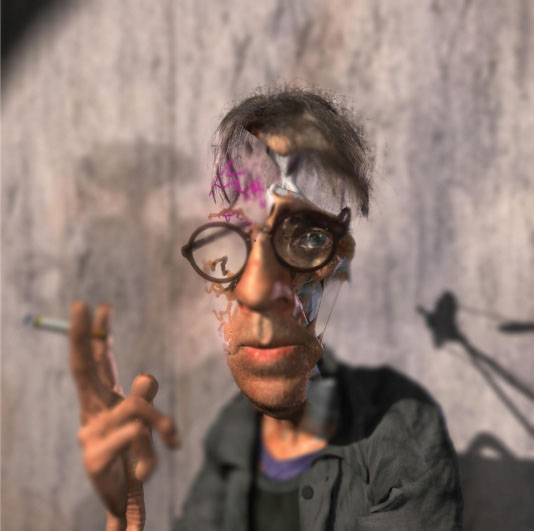“Ryan” by Landreth
Title:
- Ryan
Conference:
SIGGRAPH Video Review:
Length:
- 7:41
Award:
Director(s):
Company / Institution / Agency:
- The National Film Board of Canada (NFB)
Description:
A gentleman panhandler. One of the pioneers of Canadian animation. Oscar nominee. Poor beggar. An artist unable to create. God observing the world. Fallen angel. Arrogant. Shy. Broken. Not destroyed.
?Ryan,? directed by Chris Landreth, hovers between animation and documentary, and defies easy definition. It is based on the life of Ryan Larkin, a Canadian animator who, 30 years ago, at the National Film Board of Canada, produced some of the most influential animated films of his time. Today, Ryan lives on welfare and panhandles for spare change in downtown Montreal. How could such an artistic genius follow this path?
In ?Ryan,? we hear the voice of Ryan Larkin and people who have known him, but these voices speak through strange, twisted, broken, and disembodied 3D-generated characters, people whose appearances are bizarre, humourous, or disturbing. These appearances reflect Chris Landreth?s personal world of ?psychological realism.? A world encapsulated in the words of Anais Nin: ?We don’t see things as they are. We see things as we are.?
Hardware:
HARDWARE: Workstations: Dell Precision Intel P4 dual 1.7 GHz CPUs, 1 GB RAM. Nine of these in our studio. Rendering farm: 20 CPUs (P4 2.4 GHz, 512 MB RAM) loaned by Intel. Graphics card: NVidia Quadro 2Pro Graphics.
Software:
SOFTWARE DEVELOPER: Modeling, animation, rendering, and dynamics: Alias Maya 4.0. Compositing: Discreet Combustion 2.1. Additional software: Syflex1.1 for cloth simulation. Custom software: Render distortions and wrap effects, written by Karan Singh and Patrick Coleman at the Dynamic Graphics Project, University of Toronto. OS: Windows XP/2000.
Additional Contributors:
Producers: Steve Hoban, Marcy Page, Mark Smith
Additional Information:
PRODUCTION
Modeling: NURBS, polygons, subdivision surfaces. Rendering tech- nique used most: Maya renderer with some raytracing, no global illumination used. Average CPU time for rendering per frame: N.A. Total production time: two years. Production highlight: Ryan is an independent CG film, a coproduction between a Toronto-based film company (Copper Heart Entertainment) and the National Film Board of Canada. The studio space and equipment for this production were provided by Seneca College in Toronto, so that the best graduating students of its emerging animation program could work with experienced CG professionals to create a quality, hand-crafted CG film. This collaboration took place over an 18-month period. The professional staff consisted of the director, a CG supervisor, and a lighting/rendering/compositing specialist. The student staff consisted of four animators, one texture artist, and one character modeler. Over 20 other people volunteered on parts of the project, from creating smoke effects to modeling entire sets.





